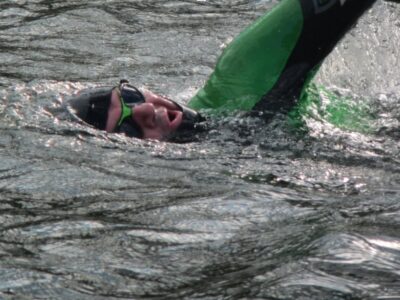
What is sustainable seafood? How can we responsibly choose the fish we put on the table?
Over the last century, habitat destruction and unchecked harvest have caused a precipitous decline in many wild fish populations. Popular choices like cod and tuna have been pushed to the brink of global collapse. With the growth of the human population, demand has increased while wild stocks have dwindled. In the face of this rising pressure, farming (aquaculture) has provided an ostensibly sustainable alternative to the continued exploitation of wild systems. Today, roughly half of the global seafood supply is farmed- a market worth an estimated $125 billion US.

But farming isn’t perfect, and a new suite of challenges has arisen with the growth of this market. Fish are often reared in pens, placed in the same rivers that support what’s left of wild populations. Animals raised in high-densities also attract parasites and diseases while generating enormous amounts of waste. Although aquaculture is touted as a responsible alternative to overfishing, farms may actually increase pressure on wild species by degrading ecosystems.
In recent years, the mainstream green movement has emphasized consumer responsibility in environmentalism. If individual choices drive market trends, then we effectively vote with our dollars. As in organic agriculture, the market for eco-friendly seafood requires labeling to identify certified sustainable products. At present, The Aquaculture Stewardship Council (ASC) sets the standards for sustainability certification. Qualified producers are required to pay for the certificate, and requirements vary depending on the species being farmed.
This month in Science, Steve Bush and his colleagues at The Environmental Policy Group discuss sustainability certification as a response to the challenges posed by aquaculture. Bush argues that the current system excludes small farms that can’t afford the expense of certification, selecting for large producers in the marketplace. Furthermore, guidelines have yet to be drawn for many varieties of seafood, meaning that they can’t be certified, regardless of production techniques.
A more equitable approach would involve the increased role of state regulation in the certification process:
“As limitations of international sustainability certification become apparent, there is a need to explore new hybrid forms of environmental governance that draw on the strengths of states, the private sector, and institutions such as ASC.” –Bush et al. 2013
Rather than exclusive reliance on private regulation (based on current trends in eco-friendly consumption), a wider range of both public and private approaches are needed to design and certify sustainable aquaculture.

All Photos: A. McDermott



